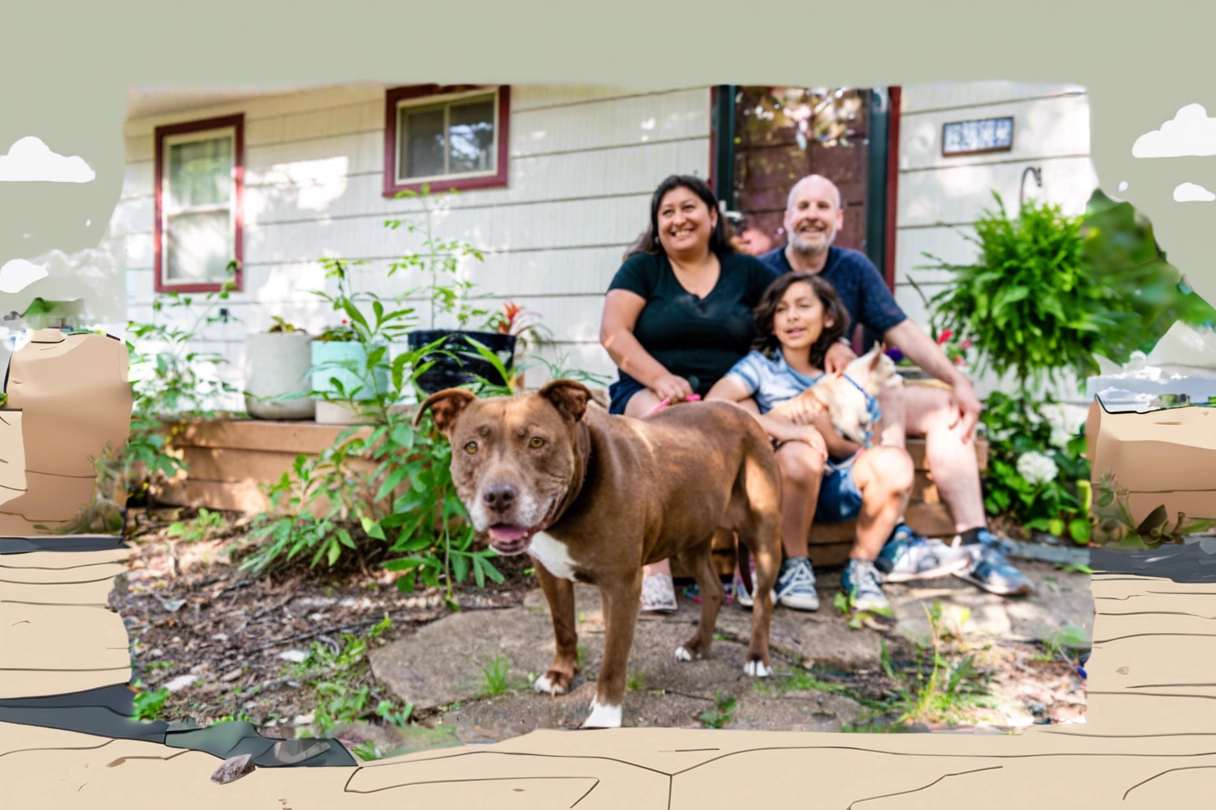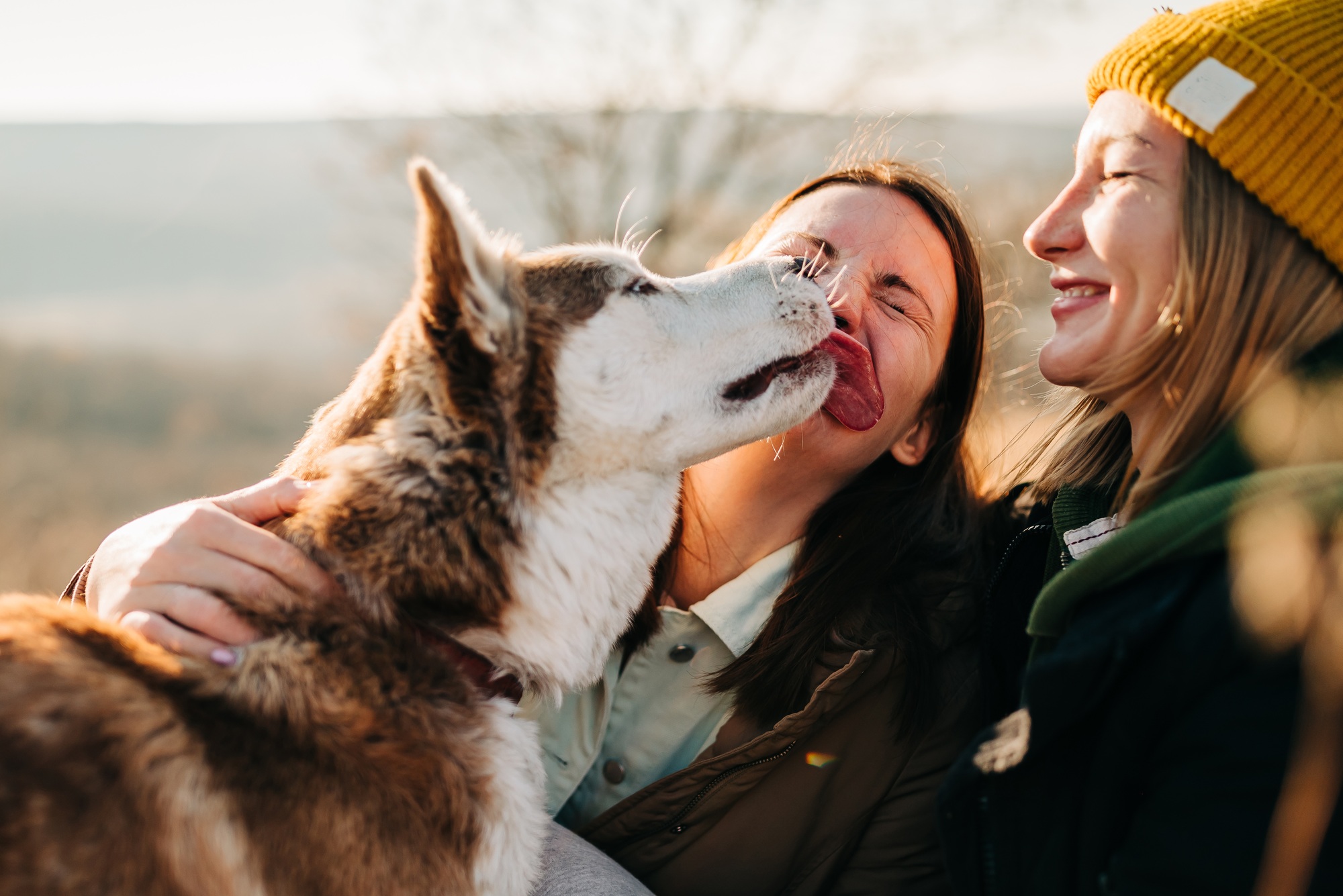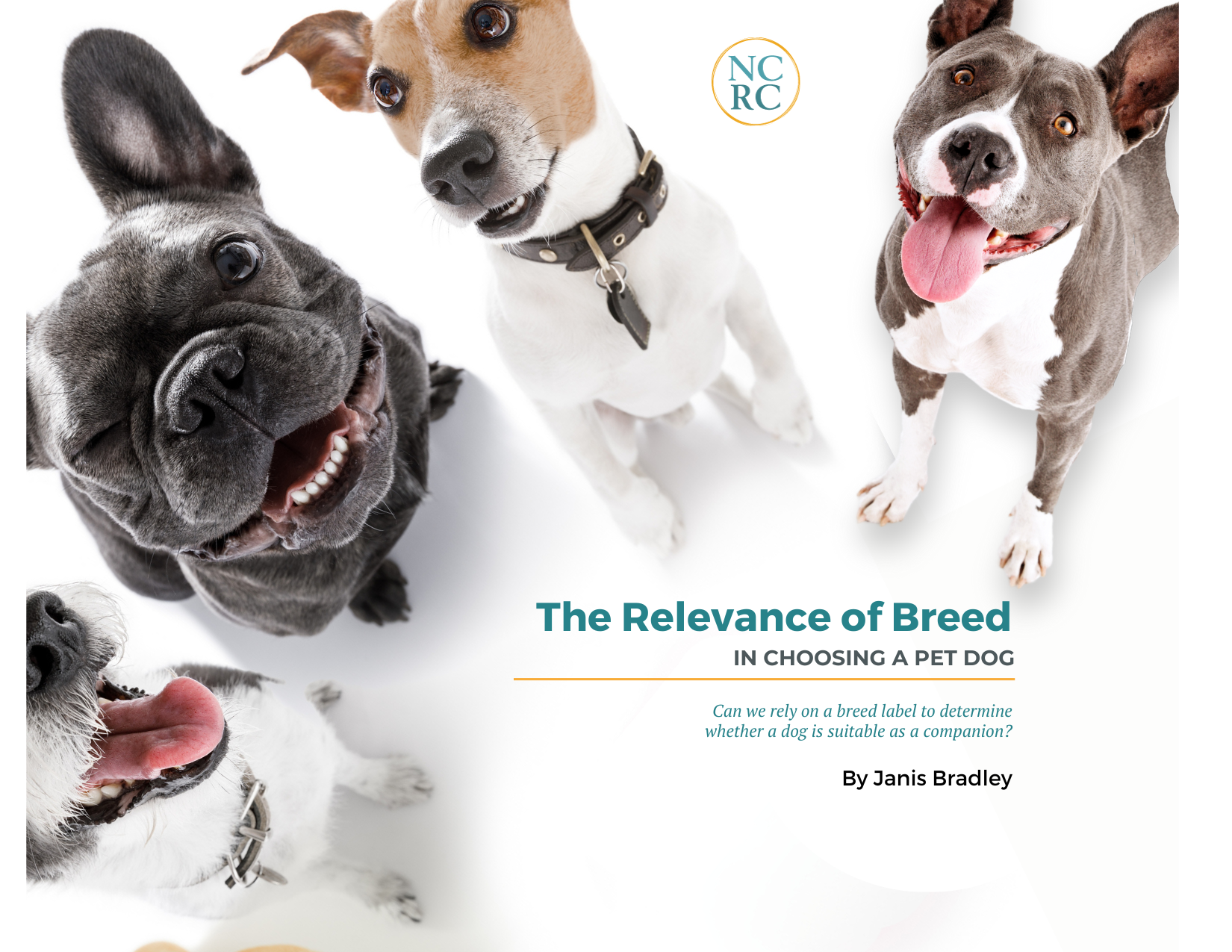Most of us easily acknowledge the likelihood that specific behaviors can be influenced by learning, in ourselves and in other species, including the one closest to us, our companion dogs. We can learn to tie our shoes, and our dogs can learn to walk next to us. We can even learn rules of etiquette and our dogs can learn to greet people without jumping up. But we also identify ourselves as having overarching traits, as having a fixed personality that is shy rather than outgoing, for example, or timid rather than bold. And research has been accumulating that dogs can be described as having similar kinds of large personality traits from which many specific behavior choices flow. In both cases, there has been a longstanding assumption that such tendencies are genetically determined, especially in animals, at least absent some really extreme environmental intervention.
But the more we learn about people and animals, the more questions continue to nag at this assumption. How is it that one person can be a life of the party extravert while her genetically identical twin, raised in the same environment, is a shy stay at home, asks Eric Turkheimer, a prominent researcher in behavioral genetics. Regarding dogs, how is it that each study that attempts to tie specific personality traits to the closed gene pools we call purebred dog breeds has a different finding? A recent study in Science, led by Julia Freund, who looks at the effects of learning and experience on the brain, may offer some insight1.
Freund took a group of 40 very inbred young mice—not identical like twins or clones, but much more similar genetically than the members of a breed of dogs, for example—and raised them in a varied and interesting five-level environment they were free to explore and manipulate. It was a veritable mouse Exploratorium, with lots of tunnels and pathways. The mice started out exploring at fairly equal levels, but then began to diverge just slightly. As the mice matured, these divergences magnified. The ones who had tiny pleasant early experiences with exploring (possibly by chance, Turkheimer hypothesizes) did more of it and accumulated more pleasant experiences until they became enthusiastic explorers. Others who didn’t experience their earliest forays into exploration as rewarding never got the momentum going and became more passive stay at homes. These divergent experiences led to changes in their brains, especially to a region called the hippocampus, a part of the brain associated with learning and memory. The explorers had better developed hippocampi; in effect, they learned to be more expert learners.
In studies of other species, including dogs and human beings, scientists are consistently finding that these kinds of helpful changes to the hippocampus continue throughout the lifespan, given an environment rich in challenges and stimulation.
This profound effect of experience and learning on the physical brain may go some way to explaining the finding of scientists at the Family Dog Project in Hungary that pet owner’s personalities seem to affect their dogs’ personalities. People identified as high in neuroticism and extraversion on a common personality inventory, for example, assessed their dogs as high on the same traits2. And when the dogs’ actual behavior was tested, the extraverts’ dogs did indeed behave in more outgoing ways toward strangers and the neurotics’ dogs had more difficulty responding to a simple cue3. The most crucial factor may be the simple difference between whether the dog lives in the home as a family dog with opportunities to explore the complexities of human/dog interactions and communications, becoming an animal who looks first to his humans for direction, or lives as a resident dog with little interaction with people and learns that people are largely irrelevant to satisfying his needs4. This human/dog interaction and learning is so powerful that it may even give some insight into the routine behavioral emotional recovery of dogs who have spent their development years in the most impoverished environments imaginable—environments like race barns and fight yards. Domestic dogs are predisposed to form attachments with human beings. We humans control what our dogs are able to experience, in ways comparable to those by which Dr. Freund controlled the environment of her 40 mice. We actually change our dogs’ brains by guiding their behavior through pleasant encouragement.
_________________________
[1] Freund, J., Brandmaier, A., Lewejohann, L., Kirste, I., Kritzler, M., Krüger, A., Sachser, N., Lindenberger, U., Kempermann, G., (2013). Emergence of individuality in genetically identical mice. Science, 340(6133), 756-759. [2] Turcsán, B. Range, F., Virányi,, Z., Miklósi, Á., Kubinyi, E., (2012). Birds of a feather flock together? Perceived personality matching in owner–dog dyads. Applied Animal Behaviour Science, 140(3), 154-160. [3] Kis, A., Turcsán, B., Miklósi, Á., Gácsi, M.(2012). The effect of the owner’s personality on the behaviour of owner-dog dyads. Interaction Studies, 13(3), 371-383. [4] Topál, J., Miklósi, Á., Csányi, V. (1997). Dog-human relationship affects problem solving behavior in the dog. Anthrozoös, 10(4), 214-224.







